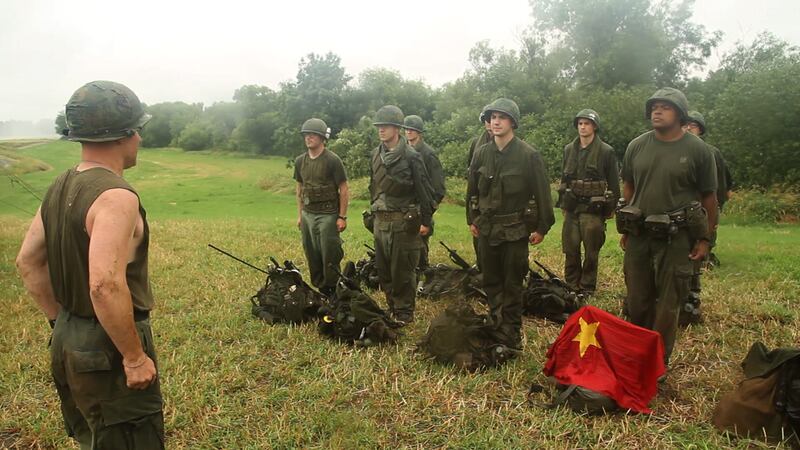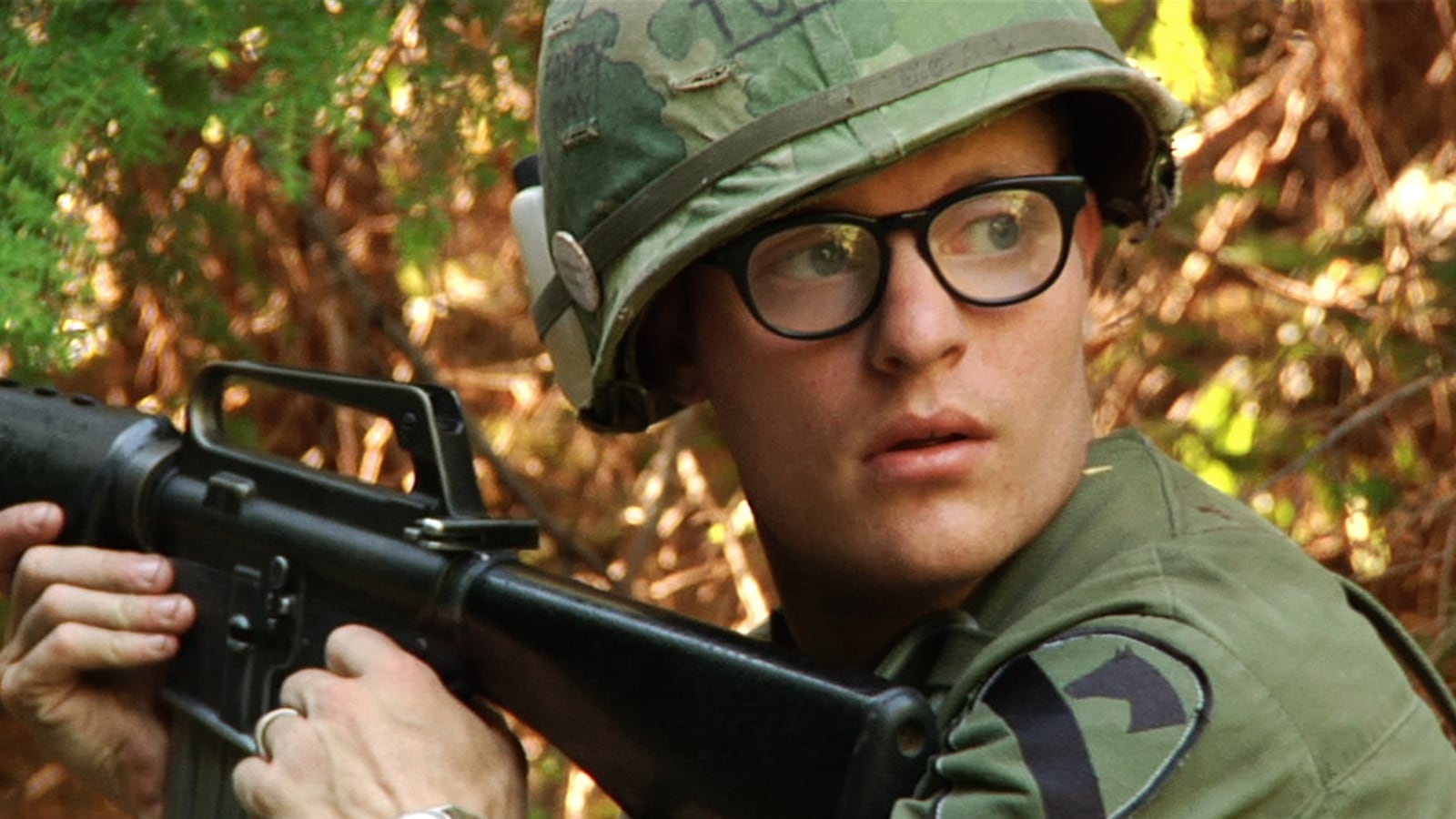Working on a documentary is always an immersive process, but when we set out to produce and direct our film In Country, the task of entering the world of our subjects reached a whole new level because the subjects of the film were themselves inhabiting another world: an elaborate recreation of the Vietnam War.
The notion of people reenacting such a recent and controversial war is both shocking and provocative. When you look at images from the Civil War or even World War II, it seems so remote, almost in a different planet; however when you look at photographs from Vietnam, the soldiers look like they could be your friends, or someone you might pass on the street today. So much of the culture of the Vietnam era has endured over the past 40 years—the music, movies, clothes—that it still feels very recent, and yet we continue to wrestle with the painful history of the Vietnam War and how it should be remembered.
We began talking about making a film about Vietnam War reenactors while we were still in film school at Stanford. After graduation, we began researching reenacting groups around the country. One of the organizations that immediately stood out was a group in Oregon that portrayed a 1st Cavalry unit. Not only was their reenactment one of the most elaborate we had found—with tents, trucks and an astounding level of detail—we also found some YouTube videos they had made themselves. The videos weren’t just the heroic battle scenarios you’d expect. There were also scenes soldiers in Vietnam talking about the experience of combat and the fear of what it would be like when they got home. It was these moments that made us wonder: “What’s going on here? Who are these guys? What is it about the Vietnam War that they want to reenact? What are they getting out of this?”
This group has been reenacting the Vietnam War since the early 1990s. Currently, members stem from a wide range of backgrounds. There are active duty soldiers and veterans of Vietnam, Iraq, and Afghanistan reenacting alongside the more typical reenactor types: gun enthusiasts and history buffs. What unites all these men is their deep commitment to understanding the experience of American GI’s in the Vietnam War. They spend significant time and energy researching and preparing for their roles in an annual multiday ‘tactical’ reenactment, as well as participating in Veterans Day parades and historical displays. Even though this is just a hobby, the men take the authenticity of every event very seriously. Each year, the group picks a specific time and place to serve as the basis for their reenactment. For example, when they reenact an earlier period in the war, the reenactors will cut their hair and keep their uniforms in line with the regulations of the period, but in later years of the war those regulations had become much more lax and the reenactors will grow out their hair and sideburns and add more personalized touches to their uniforms.
The venue of the reenactments changes each year as well. Their reenactments take place across a variety of terrains—from mountainous regions to coastal beaches. This is normally the first choice the group makes because what they have access to in terms of location will inform the period of the war they choose to reenact, thus ensuring the terrain corresponds with a specific historical period. The film is largely based on a reenactment of actions along the Song Be River in 1970 that they held on private land in the Willamette River Valley in Oregon. Extensive planning happens before they begin, but then once they are out in the field it becomes improvisation. The men deal with the actual terrain, they hike as if they are on a long-range patrol for multiple days, they dig foxholes every night, eat out of cans, and do all the daily tasks of soldiers in Vietnam. A smaller group of men play the Viet Cong. Throughout the event the Viet Cong reenactors attempt to ambush the American reenactors on patrol. All these men carried real guns, loaded with blanks.
As filmmakers tracking the group, we too had to adhere to the groups’ strict code of historical authenticity. Before they would agree to give us full access to their reenacting process, we had to agree to dress as war correspondents for the duration of the event. Luckily, there were in fact a number of prominent female journalists who corresponded from the field during the war, therefore we were both able to follow the men throughout their event. This meant donning historically accurate costumes and storing our modern equipment in period rucksacks. To our surprise, the uniforms were extremely well-designed for filmmaking with loads of handy pockets, and were very comfortable for hiking around for days on end in varying weather.

During the event, we were totally immersed in their fantasy world. At certain moments they even talked to us as if we were actually reporters from the 1970s. When we were outside in the field, we didn’t ask them about their real lives. We reserved questions about their home life and experiences in Iraq for after the reenactment was finished in order to stay in character and fully inhabit their fantasy.
In a way, even though the battles were not real, our filmmaking process often mirrored that of embedded journalists—we had to stay alert and ready to react in order to capture the action as it happened. Since these events are not pre-scripted, there was no way to know what would happen. When something would surprise the platoon, such as an attack by the Viet Cong reenactors, it would also surprise us. And even though we knew there were no bullets, when the terrifying sound of AK-47 fire ripped through the silence, more than once we found ourselves dropping to the ground with the group.
By taking the audience deep into the event and getting as close to the action as we could, we wanted to give viewers the feeling of actually being there. And by doing so, to allow them to delve into the psyche of the reenactors and better understand what drives these men to reenact the Vietnam War. Ultimately, the film paints a vivid picture not only of these men, but of our own relationship with soldiers, war, and history.
In Country comes out April 10 in theaters and April 28 on VOD.






